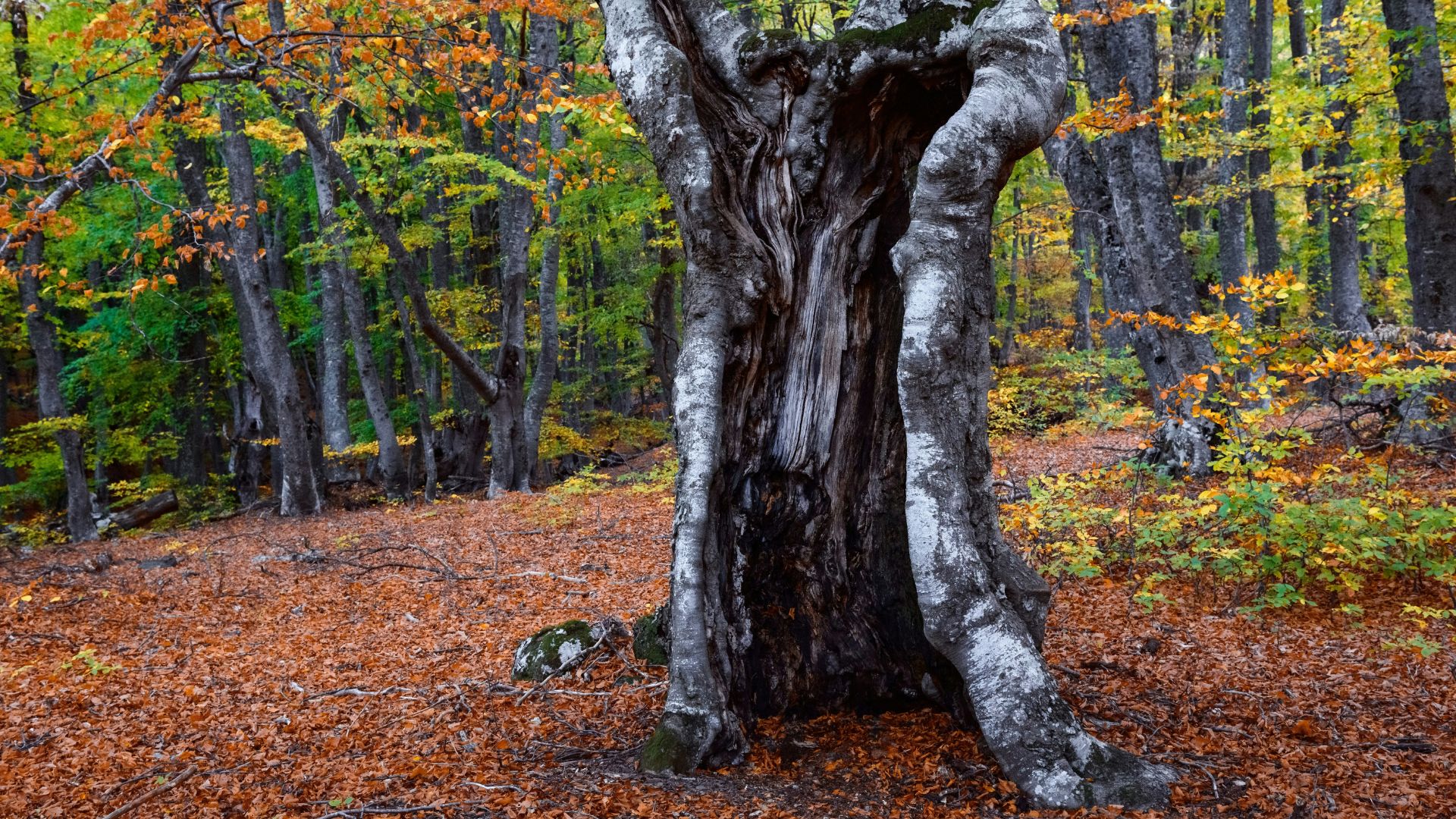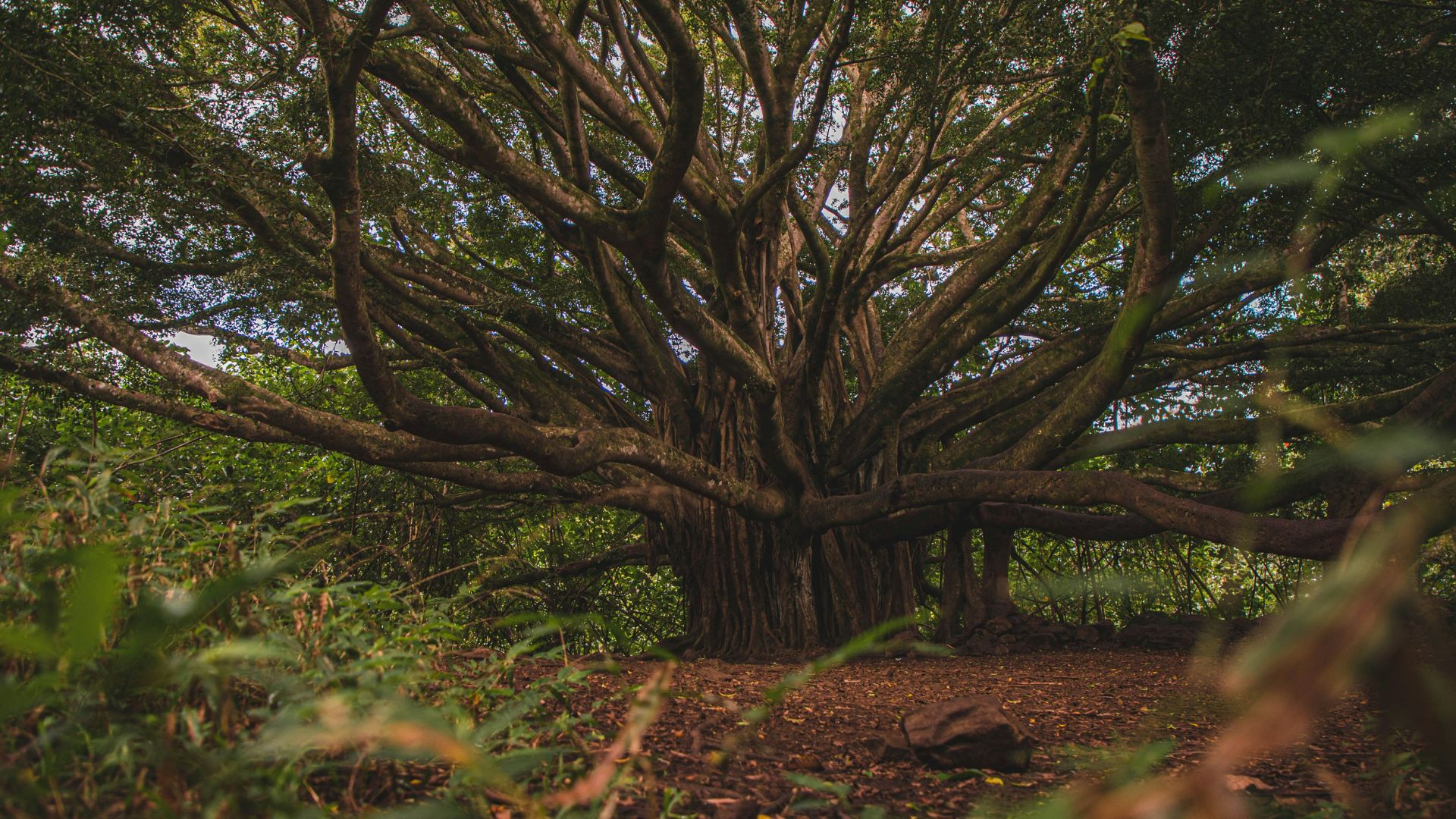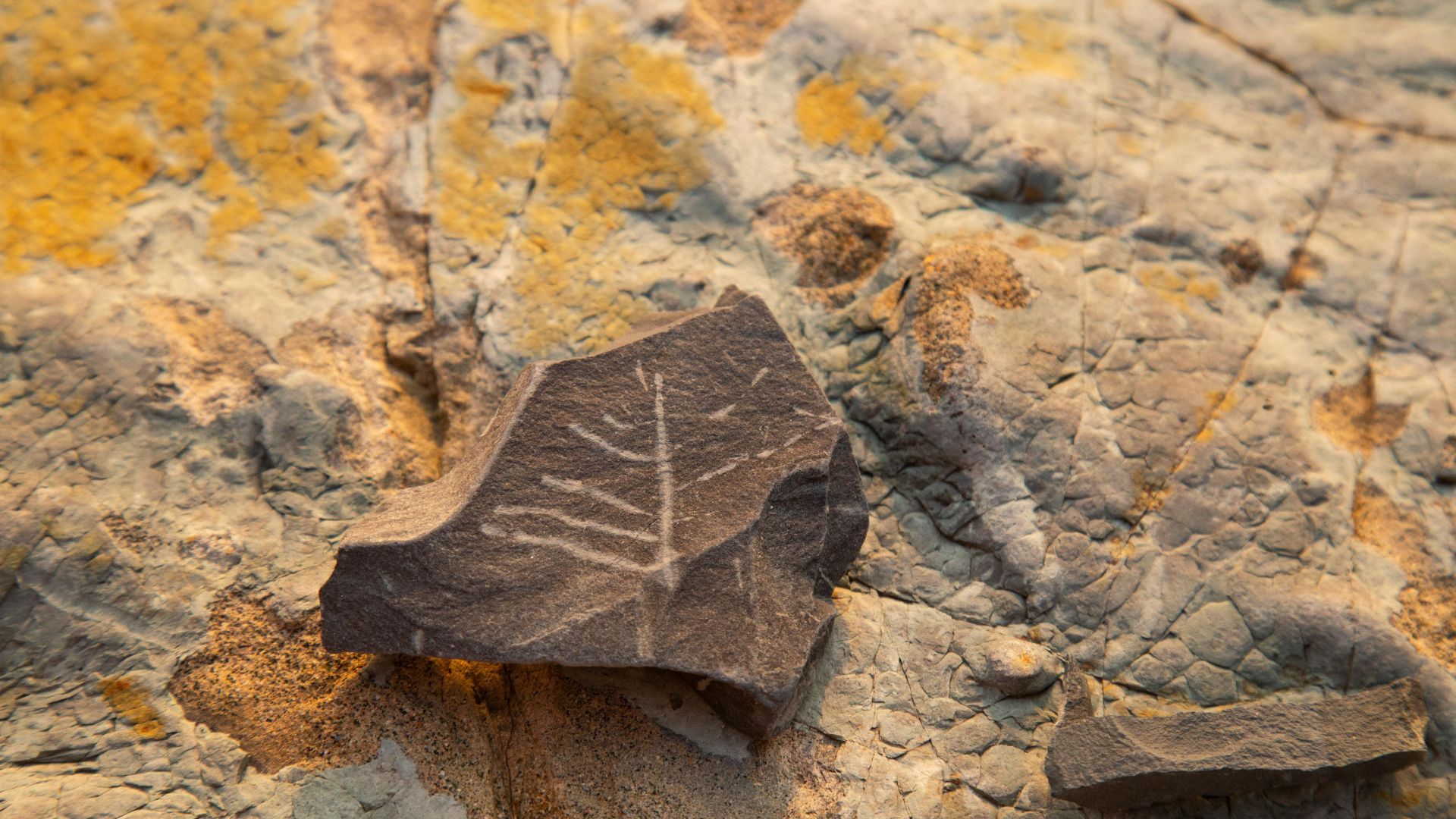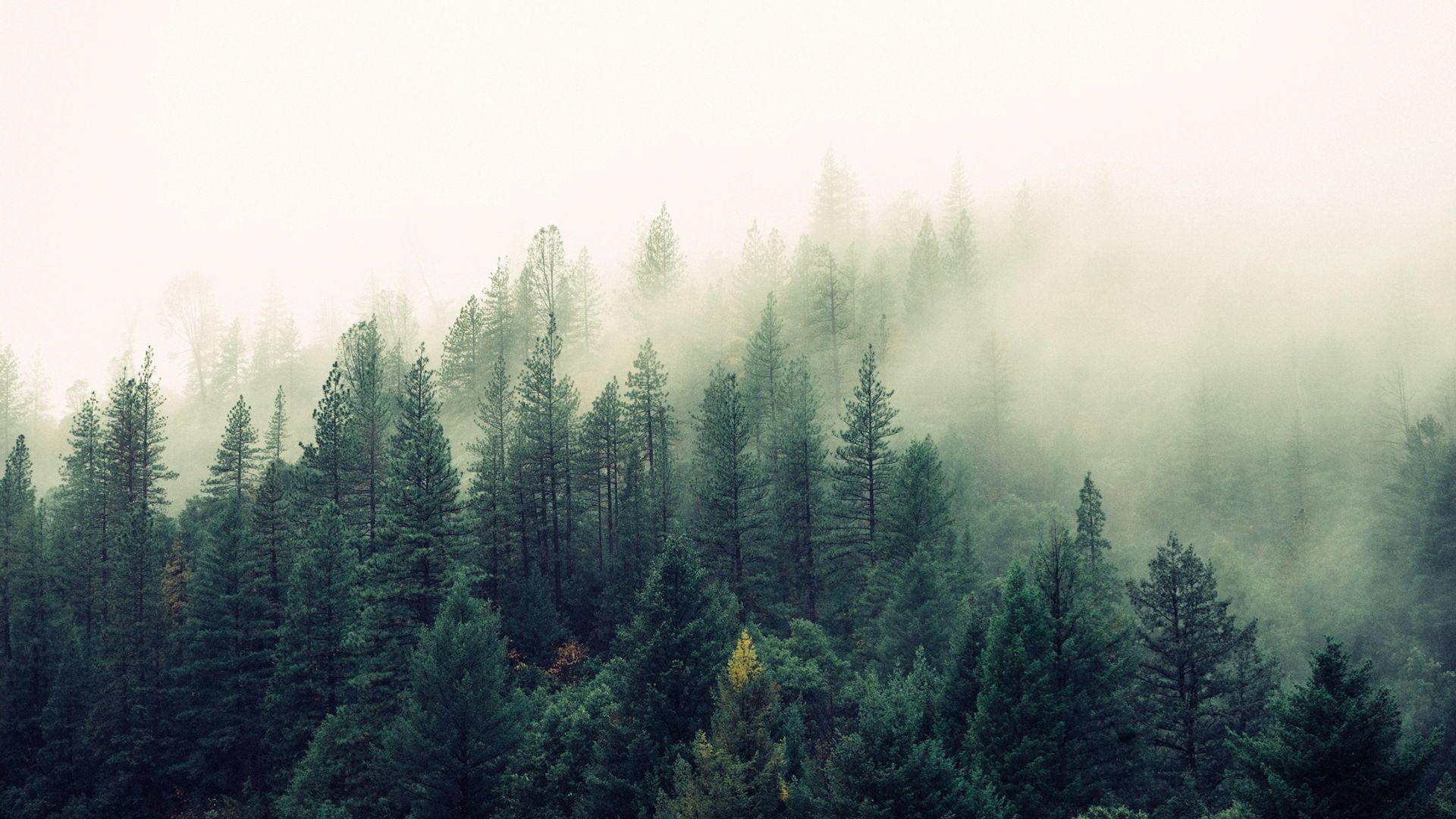
Step into a time when giant plants shaped the planet long before dinosaurs ever roamed. Paleobotanists in New York uncovered remnants of a forest that thrived about 385 million years ago. These trees once stretched across the land, leaving behind fossils that now offer a rare glimpse into Earth’s earliest greenery. The forest shows how life began to transform dry ground into lush environments, setting the stage for the rich plant life we see today.
Discovery of the Oldest Forest

Researchers in upstate New York uncovered traces of a forest that grew about 385 million years ago. The site held roots, stumps, and fossils from towering plants that once covered the land. The find pushes back the timeline for Earth’s earliest forests, giving scientists fresh details about how plants shaped the surface. It’s also a reminder of how much of Earth’s past still rests beneath our feet, waiting to be studied and pieced together.
Location in Cairo, New York

The forest traces came to light in Cairo, a small town in New York’s Hudson Valley. Researchers mapped out the site and found a wide network of roots stretching across what once was a quarry floor. The location helped preserve the remains in fine detail, so scientists could study how the plants anchored themselves. It also turned the quiet town into an unexpected window into Earth’s distant past, drawing fresh attention to its ancient ground.
Fossilized Roots of Ancient Trees

Scientists uncovered a network of fossilized roots that once belonged to towering plants now long gone. The roots stretched across the ground in patterns that showed how early trees supported themselves and spread. Some were wide and strong, so they held firm in the soil, while others branched in delicate lines. The site also gave researchers a chance to see how plants shaped the ground, leaving a record of growth that survived hundreds of millions of years.
Species Diversity in Early Forests

The site revealed different kinds of trees that grew together, showing how varied plant life had already become. There were tall cladoxylopsids with hollow trunks, so they looked almost like early versions of modern tree ferns. There were also archaeopteris trees that had woody roots and leafy branches, which made them spread wide across the ground. The mix showed that early forests weren’t just made up of one type, but supported a range of plant species.
Impact on Earth’s Climate

The growth of these early forests drew large amounts of carbon dioxide out of the air, so the planet’s climate began to cool. Trees also changed the soil by breaking down rock with their roots and adding organic matter as they shed leaves. That process just kept building over time, shaping ecosystems that supported more life. The forest in Cairo shows how plants not only cover the land, they also set big changes in motion for Earth.
Evolution of Modern Tree Features

The trees found in Cairo showed traits that look familiar today, so they’re seen as early steps toward modern forests. Archaeopteris trees had woody trunks that grew tall and strong, while their leafy branches spread wide to capture sunlight. They also had root systems that dug deep, which made them stable and long-lasting. These features set them apart from earlier plants and showed how trees were starting to take on forms we still recognize now.
Comparison with Other Ancient Forests

The Cairo forest is older than the famous Gilboa site in New York, so it pushed the record for the earliest known forest back in time. Gilboa’s fossils showed similar tree types, but the Cairo site preserved wider root networks and clearer evidence of how trees spread across the ground. Researchers could just line up both sites and see how forests were already changing. The comparison also gave them a broader view of early plant life.
Importance for Paleobotany Studies

The Cairo forest gave paleobotanists rare evidence that helped them connect plant evolution with changes in Earth’s surface. The preserved roots and stumps just showed how early trees adapted to land and influenced the ground beneath them. The site also helped link different fossil records, so scientists could piece together how forests expanded over time. For researchers, the forest offered a detailed snapshot of early plant life that shaped later ecosystems.
What We Can Take From the Oldest Forest

The forest in Cairo gives us a chance to look far back and see how plants shaped the land long before humans. Fossils tell the story in the roots, trunks, and soil that survived millions of years. Learning about these trees makes today’s forests feel even more connected to the past. Next time you walk under tall branches, just think about how ancient forests laid the groundwork for the green spaces we enjoy now.